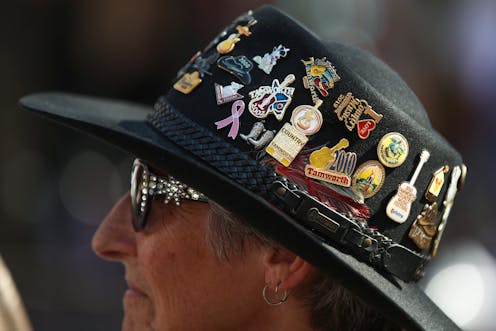Colonial and nationalist myths are recast in Yumna Kassab's Australiana
- Written by Clare Archer-Lean, Senior Lecturer, English, University of the Sunshine Coast

Yumna Kassab’s Australiana: A Novel[1] is mostly set in an unnamed regional town, likely Tamworth, in northern NSW and in other nearby locations like Barraba, Uralla and the Pilliga. It tells of the lives of ordinary people, their relationships with the land and homes in which they dwell, the objects in which they seek solace, their hopes and losses.
Review: Australiana: A Novel – Yumna Kassab (Ultimo Press)

















